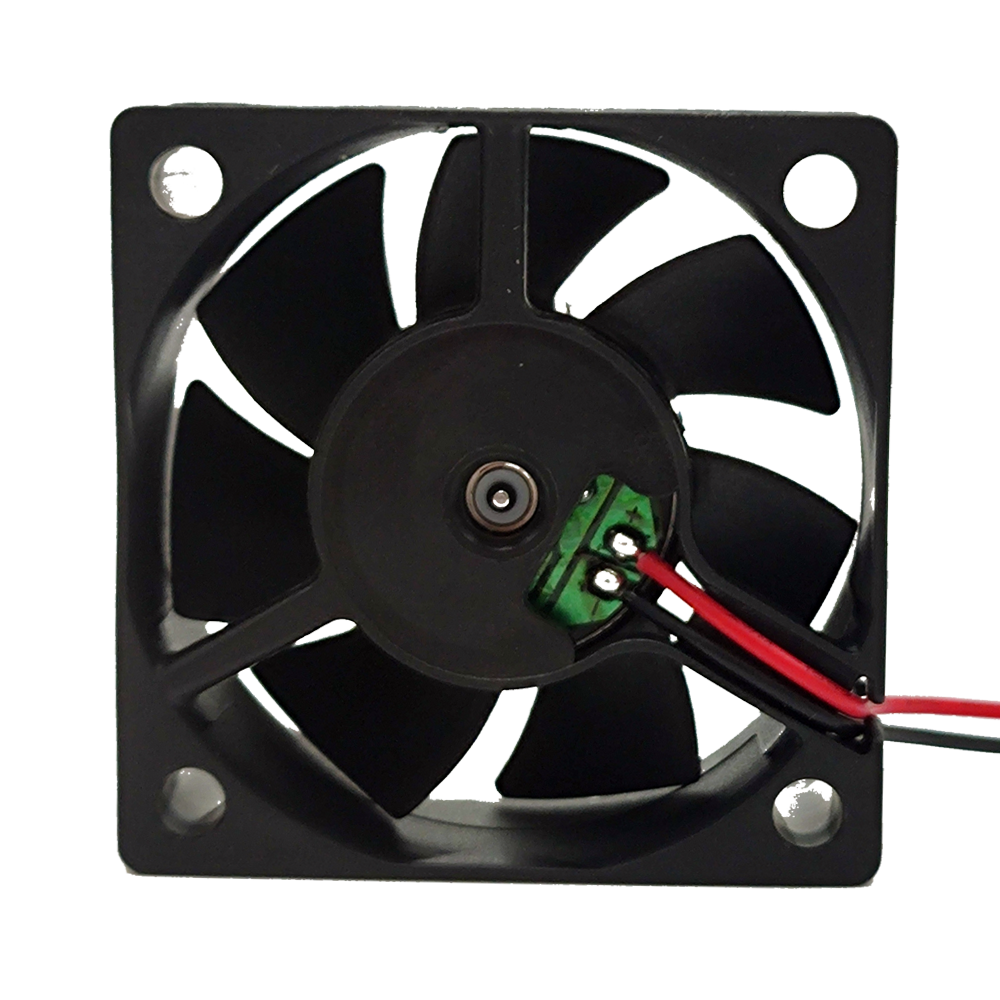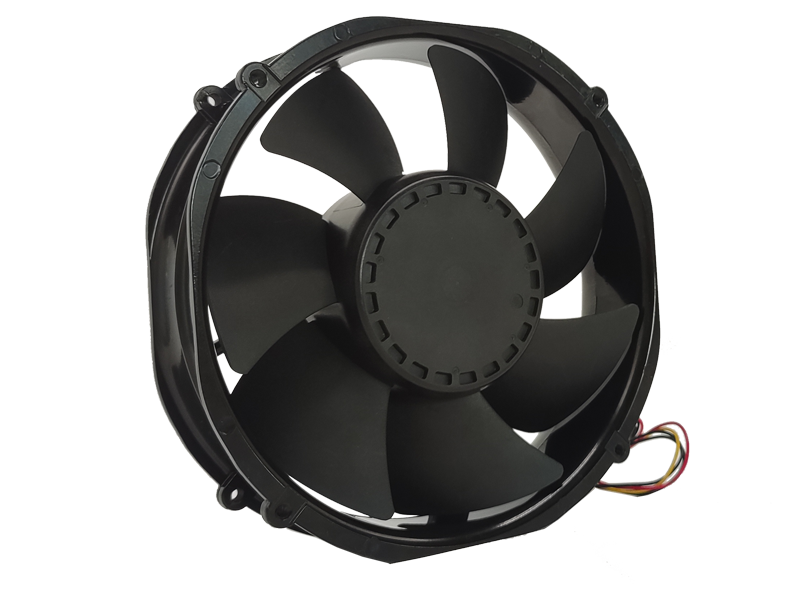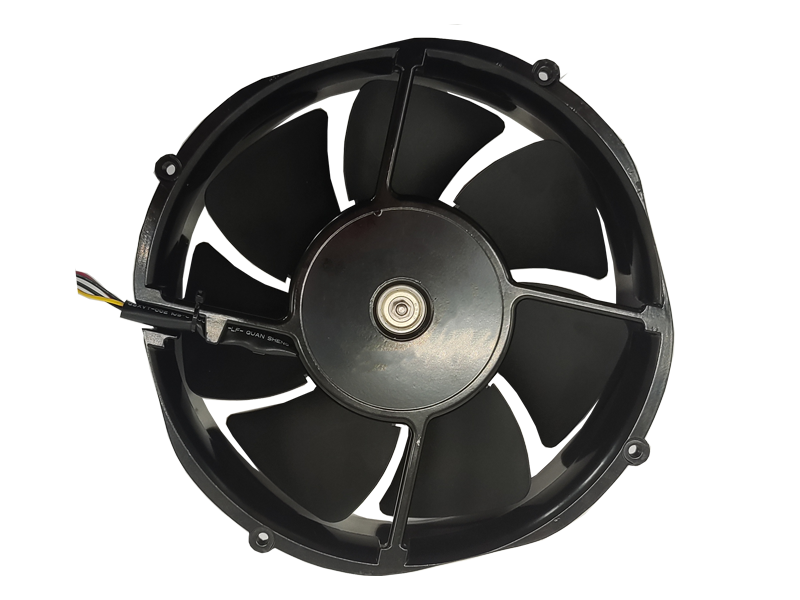Industrial ventilation systems are fundamental to ensuring optimal working conditions, maintaining safety standards, and enhancing overall operational efficiency. One of the most significant components of these systems is the industrial fan. Over the years, industrial fan technology has advanced considerably, offering solutions that improve energy efficiency, environmental sustainability, and system reliability. In this article, we will explore some of the most important innovations and trends in industrial fan design and how these developments are changing the landscape of industrial ventilation systems.
1. Smart Industrial Fans and IoT Integration
As the industrial sector becomes increasingly digitized, the integration of smart technologies into industrial systems has become a growing trend. Industrial fans are no exception. Today’s industrial fans are equipped with sensors and Internet of Things (IoT) capabilities that enable real-time monitoring and control of fan systems.
Real-Time Monitoring: By integrating sensors that track airflow, temperature, humidity, and energy usage, smart industrial fans provide valuable insights into the performance of the fan and the overall ventilation system. This data allows maintenance teams to identify potential issues before they lead to equipment failure, reducing downtime and improving operational efficiency.
Remote Control and Automation: IoT-enabled industrial fans can be monitored and controlled remotely. Through centralized control systems, facility managers can adjust fan speeds, airflow, and other settings to meet changing conditions, optimizing energy use and system performance.
Predictive Maintenance: With the ability to track operational data, smart fans can predict when maintenance is required. By alerting managers about potential issues such as wear and tear or motor malfunctions, predictive maintenance reduces unplanned downtime and extends the lifespan of fan systems.
2. Energy-Efficient and Environmentally Friendly Designs
Energy efficiency has always been a major concern for industrial operations, and with rising energy costs and environmental regulations, the demand for energy-efficient equipment is stronger than ever. Industrial fans are increasingly being designed to operate at optimal efficiency, helping manufacturers reduce energy consumption and carbon emissions.
Variable Frequency Drives (VFDs): As mentioned earlier, VFDs allow industrial fans to adjust their speed based on real-time demand. This results in significant energy savings, as fans only use the energy required to meet the ventilation needs of the space. VFDs are becoming standard in new fan installations and retrofits, making them one of the most important energy-saving innovations in industrial ventilation.
High-Efficiency Motors: Many modern industrial fans are equipped with high-efficiency motors that use less energy to generate the same amount of airflow. These motors operate more effectively and consume less power, leading to a reduction in energy costs and carbon emissions.
Sustainable Materials: Manufacturers are also focusing on using eco-friendly materials in fan construction, such as recyclable metals and composites, which contribute to a reduction in environmental impact.

3. Noise Reduction Technology
Noise pollution is a common issue in industrial settings, and excessive fan noise can lead to worker fatigue, stress, and hearing damage. To address this issue, manufacturers are developing noise-reducing technologies for industrial fans.
Acoustic Dampening Materials: Advanced fans now incorporate materials designed to absorb and reduce noise levels. These materials are integrated into fan casings and ducts to minimize sound transmission.
Blade and Housing Design: The design of fan blades and housing has also evolved to reduce noise. More aerodynamic blades and carefully engineered housings help minimize turbulence and vibration, leading to quieter operation.
Active Noise Cancellation: In some cutting-edge fan systems, active noise cancellation technologies are used to counteract the sound generated by the fan. These systems use sensors to detect noise patterns and generate sound waves that cancel out unwanted noise.
4. Conclusion
The future of industrial fans is exciting, with innovations in smart technology, energy efficiency, and noise reduction making a significant impact on industrial ventilation systems. By embracing these advancements, manufacturers can not only improve the performance and sustainability of their operations but also create safer, more comfortable working environments for their employees. With these ongoing improvements in industrial fan design, the industry is poised to achieve greater levels of efficiency, sustainability, and productivity.
Recommended Products

The main purpose:Car charging station

The main purpose:Car charging station

The main purpose:Electronic refrigerators, water dispensers, direct drinking machines, inverter power supplies
Address:No. 4137, Longgang Avenue (Henggang Section), Henggang Community, Henggang Street, Longgang District, Shenzhen
hotline:13530005572(Chen)15112579390(Li)


Welcome all friends to come for consultation and negotiation.
Copyright 2024 @ Shenzhen Youneng Xinyuan Electronics Co., Ltd.,(industrial fans,industrial blowers,axial fans,cooling fans manufacturer,centrifugal fans,ac cooling fans,dc cooling fans)